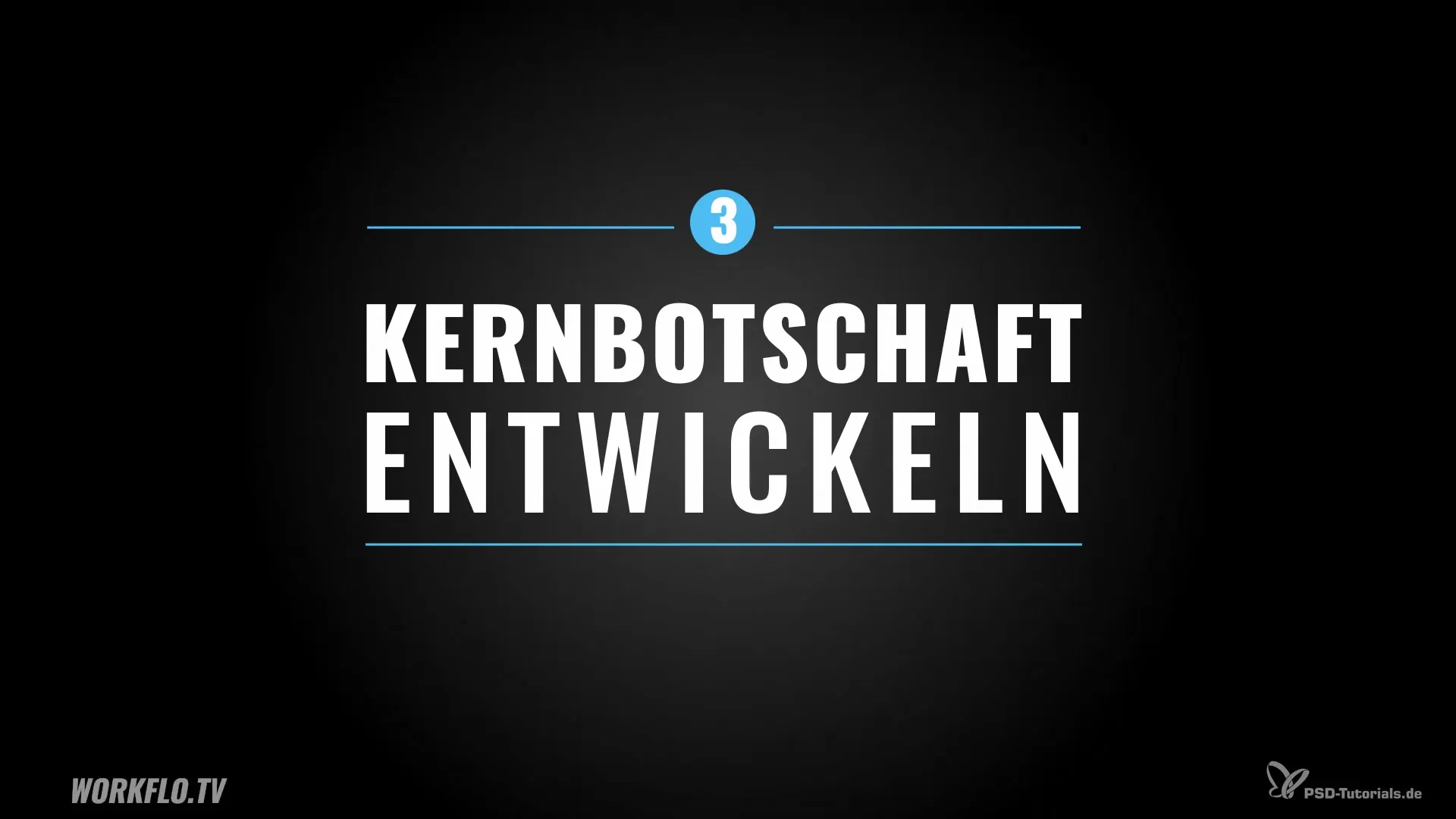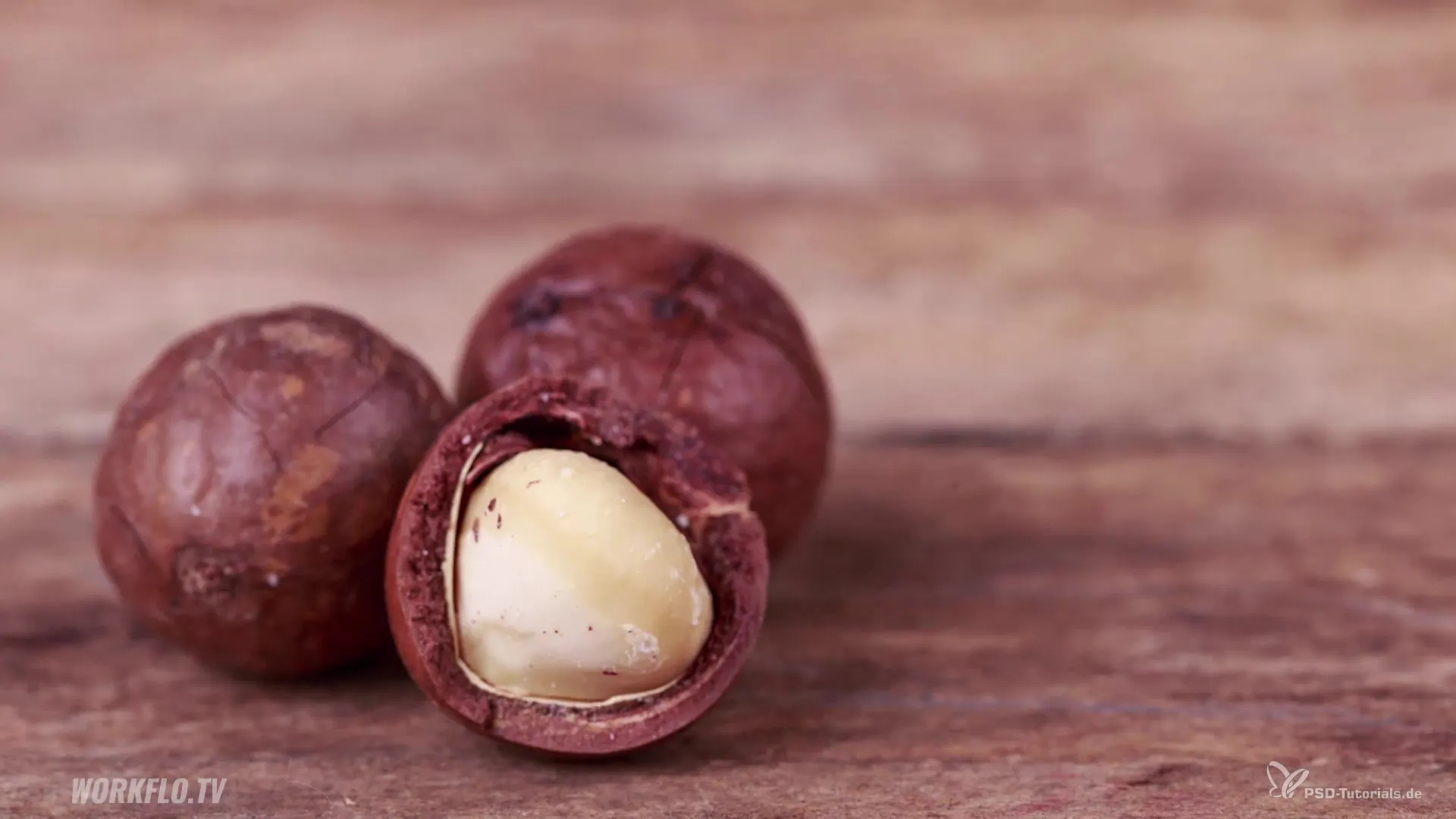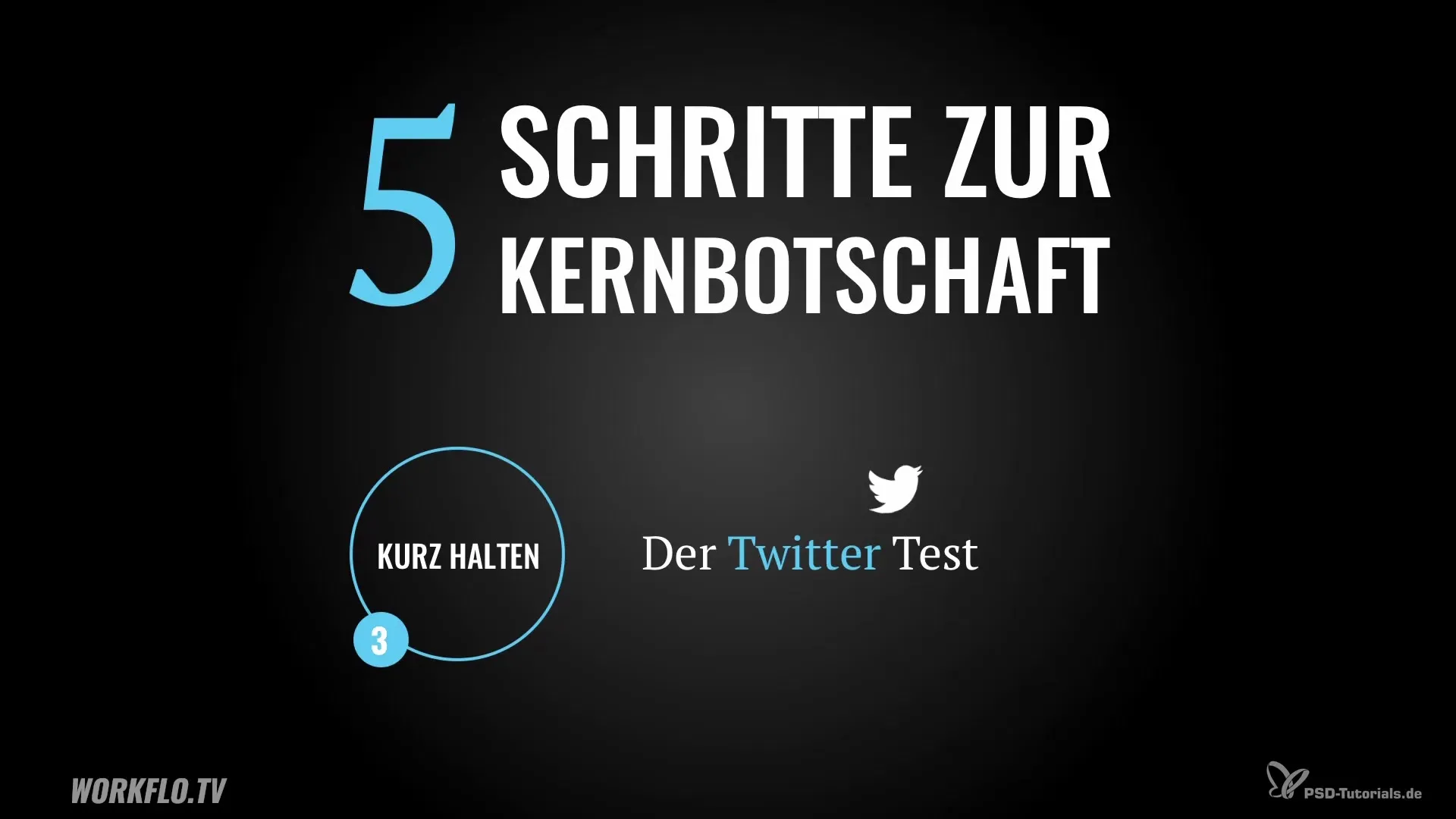An effective presentation crucially depends on the core message. This message is the heart of your presentation and should summarize the essence of your content in a single sentence. Are you wondering how to achieve that? In this guide, I will show you how to develop your own core message. I will be using proven techniques and a practical step-by-step approach.
Key insights
- The core message is the central sentence that your audience should remember.
- Short, concise messages are more memorable.
- Use concrete and engaging phrasing.
Step-by-Step Guide
Step 1: Formulate the core question
The first step in developing your core message is to ask yourself the question: “What should my audience remember?” Consider what central message your presentation should convey. Remember that this message does not need to be overly clever or complicated. Just write down everything that comes to mind regarding your topic. You can also start with rough ideas; that is perfectly fine, as it’s about getting the creative flow going.

Step 2: Refine the message
Now that you have a rough core message, it’s time for refinement. Your goal is to craft the sentence so that it is easy to pronounce and memorable. Think about how you can arrange the words to make the statement clear and understandable. A simple and clear sentence will leave a much greater impression than a complex, difficult text.

Step 3: Keep it short – the Twitter Test
For this step, you should know that shorter core messages have a higher chance of sticking in memory. I call this the “Twitter Test”. Try to formulate your message in 140 characters. If you can do that, even better! A short message is often more memorable. This way, you ensure that your audience immediately understands what you want to convey.

Step 4: Be specific
Your core message should be clear and specific so that your audience can truly “see” it. If you use abstract terms, your message becomes unclear. Instead of vague statements like “our new high-performance battery for any smartphone,” you could say: “Talk 3 hours longer with your Android phone thanks to our high-performance battery.” This makes the statement not only more specific but also more interesting.
Step 5: Inject freshness
Consider whether your core message conveys something new. Your audience has come to learn new things and receive fascinating information. Avoid clichés and overused phrases that have been heard everywhere. If your message is not fresh and engaging, it will likely not capture your audience’s interest. Let your ideas flow and keep the phrasing interesting and novel.
Summary – Presenting Persuasively: How to Develop Your Core Message
In conclusion, remember that the five steps to develop a compelling core message are simple: Start with the core question, refine the wording, keep it short, be specific, and bring freshness to your message. By following these steps, you will be able to formulate a powerful and memorable core message that will impress your audience.
Frequently Asked Questions
What is a core message?The core message is the central sentence that your audience should remember from your presentation.
How can I keep my core message short and concise?Use the Twitter Test and try to formulate your message in 140 characters.
Why is it important to be specific?A specific message is clearer and more engaging, making it easier for the audience to understand the content.
How do I avoid clichés in my message?Avoid overused phrases and find new, innovative ways to express your ideas.
How often should I refine my core message?It is wise to revise your core message multiple times to ensure that it is clear and memorable.


